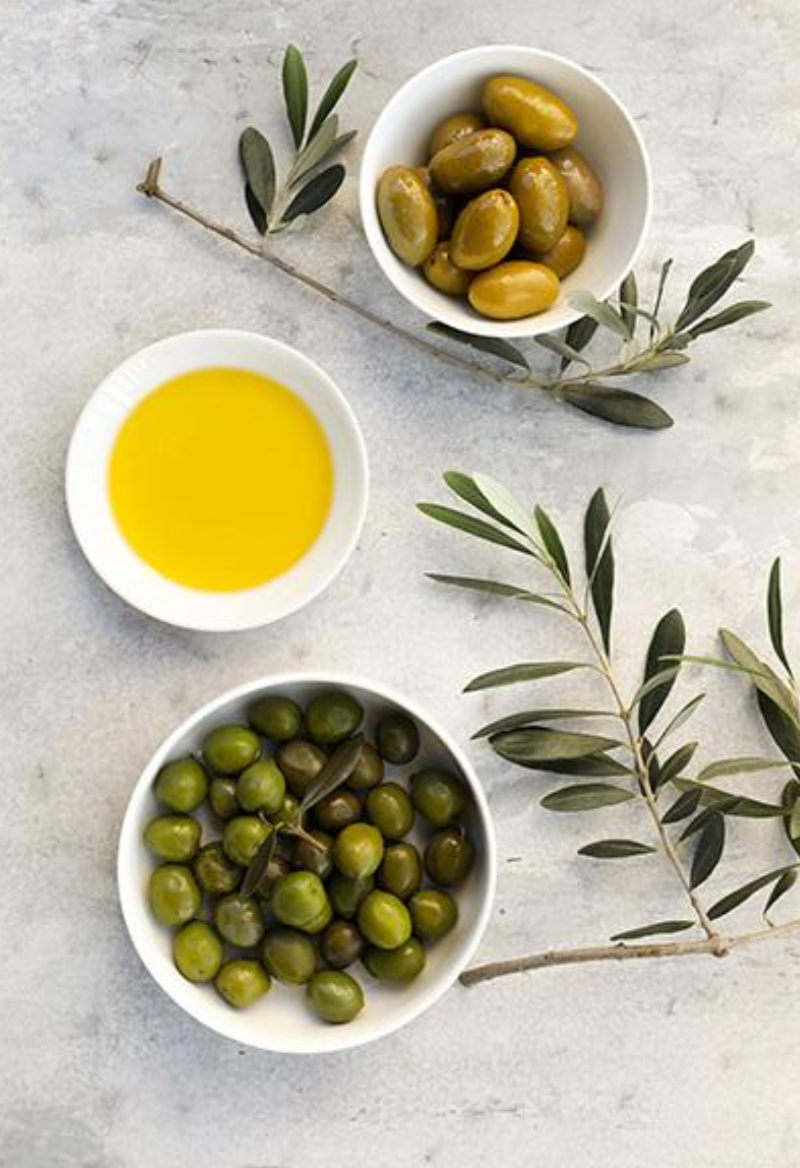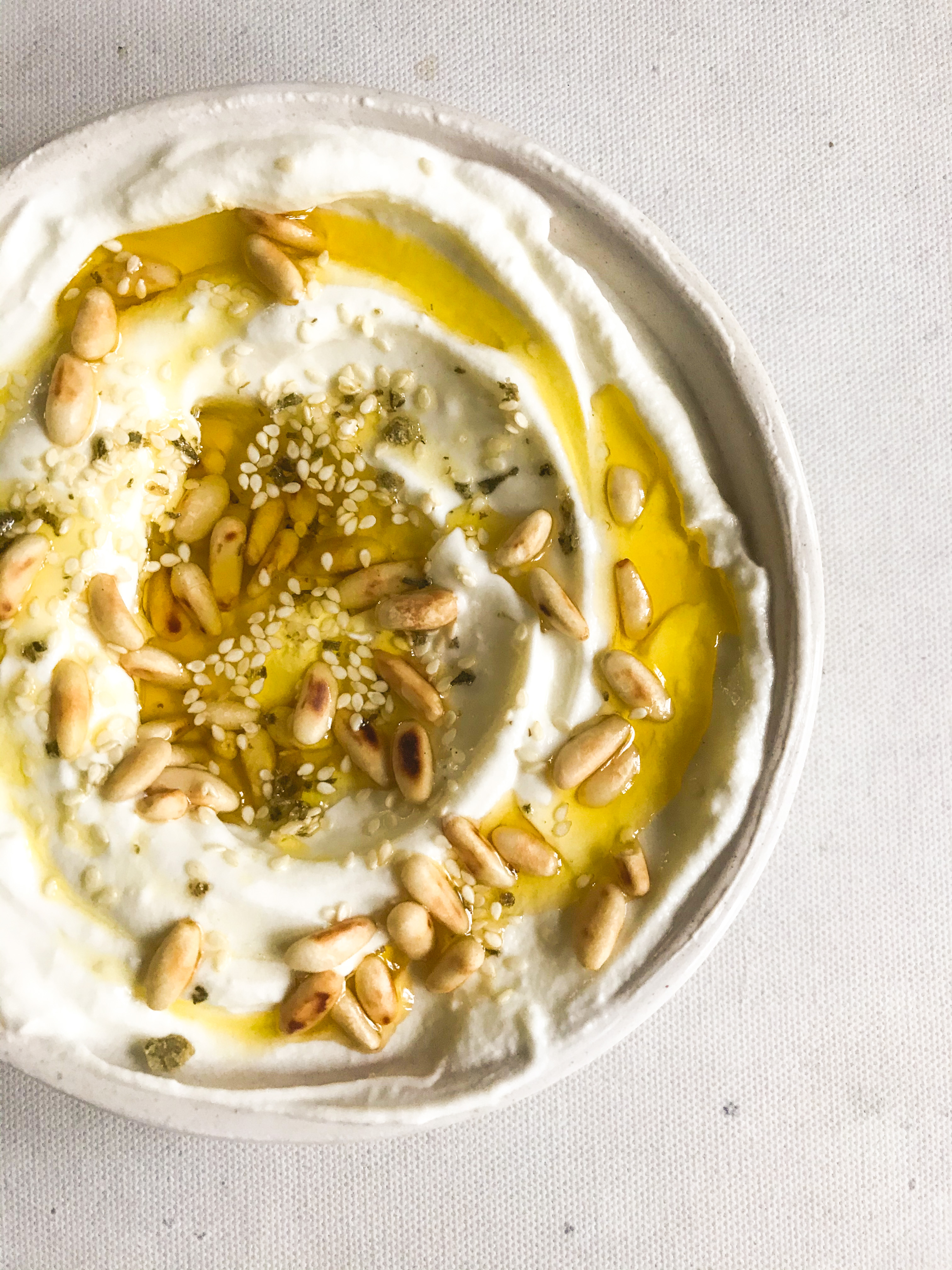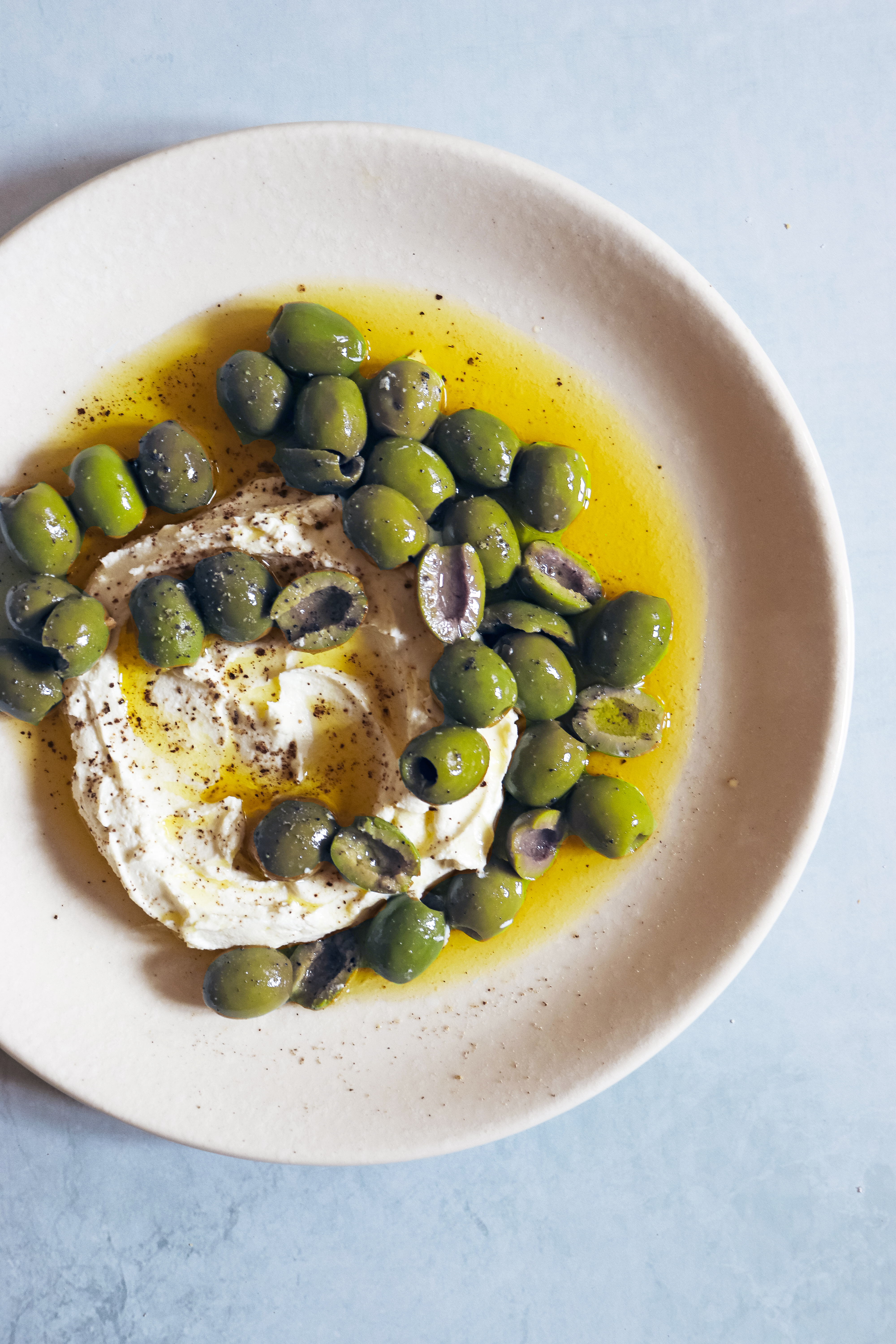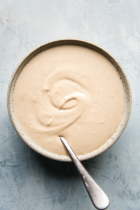This story is a part of the Sprig & Vine Pantry, a glossary breaking down some of our favourite ingredients: what they are, where you can find them, and how to use them.

Olive oil, a major component of the Mediterranean diet, is now taking over the kitchens of the world. Known as ‘liquid gold’ in the ancient world, three thousand years later, this is still the one ingredient that cooks reach for most often. A high quality olive oil is a versatile item in your pantry, something you can use for making everything from salad dressings and marinades, to sautéing veggies and even in cake. Yet, we somehow don’t invest the same care and attention in picking up a good quality olive oil as we do in something like, say, matcha, or saffron. Time to get acquainted with the gorgeous liquid gold.
Where it comes from:
Olive oil is extracted from olives, the fruit of the Olea europaea (olive tree), a traditional tree crop of the Mediterranean Basin. Good quality olive oil, i.e. extra-virgin olive oil, is extracted by a method of cold-extraction or cold-press. Fresh olive oil should be fragrant, and taste fruity, peppery, earthy, and grassy. The flavour notes will depend on which region it comes from.
What to look out for:
Considering that olive oil is such a ubiquitous pantry item, it’s available in scores of grocery stores that have entire shelves dedicated to it. How do you choose the best quality olive oil? Well, there are a couple of markers:
- Always choose extra-virgin. Contrary to popular belief, you can and should cook with extra-virgin olive oil. It’s the highest quality marker given to olive oil, and means it’s unrefined and cold-pressed.
- Read the label to see where it comes from. Be skeptical and suspicious of inexpensive bottles that say “Product of Italy” or “Product of Spain” because it most often means that the oil was bottled in the country – it’s not an indication of where the oil actually originates.
- Purchase oils that are manufactured in a single country – any olive producing country like Italy, Greece, or Spain, are good bets.
- Look at the bottle. Good quality olive oil is always in a bottle that is almost opaque – dark glass or metal. Exposure to light and heat makes the oil go rancid very quickly, so if it’s a clear bottle, you can be rest assured that the quality isn’t great to begin with.
- Stay away from anything that says “light” or “low-fat.” Olive oil is a fat, so anything labeled low-fat means that the oil has been refined, treated with heat, or diluted with other lower-quality oils.
- Colour, smell and taste – if your shop offers tasting samplers, try the olive oil before purchasing. A good quality olive oil should be fruity and peppery, not stinky or sour.
Ideally you want the same olive oil both for cooking and finishing (eating in raw preparations like salad, drizzling on top of fruit, dipping bread into) – really good quality oil should be good for both. However, if price is a concern (since the best ones can be more expensive), splurge for the best extra-virgin olive oil bottle to use as finishing oil, because that’s where the flavor will really shine through. The next best grade is virgin olive oil, and then comes refined and pomace.
How to store it:
Even though you may not realise it, olive oil can actually go bad. You must always store it in a cool dark place, as exposure to heat or light will deteriorate the quality. Once opened, a bottle should ideally be consumed within 3-4 months, though an unopened bottle lasts for over a year.
Can you cook with it?
Yes! Even though it’s commonly associated with salad dressings, olive oil can be used to cook. It’s a common misconception in the food industry that you should not cook with extra-virgin olive oil. On the contrary, out of all the grades of olive oil, high-quality EVOO has the highest smoke point; and the misconception only exists because most commonly sold olive oil is not high quality. EVOO can definitely be used for most methods of cooking. Use it to quickly sauté vegetables over medium heat or roast vegetables in the oven, but for applications that require really high heat like deep-frying, you’ll be better off using a neutral canola or sunflower oil.

Is olive oil good for you?
Nutritionally, olive oil is an antioxidant powerhouse, which explains why it is often referred to as the anti-aging oil. It’s a mainstay of the heart-healthy Mediterranean diet, which is being recommended by modern nutritionists as the healthiest diet around.
Not only is olive oil tasty, and good for our insides, it’s also great for the outside. It moisturises, repairs, and protects the skin, finding it’s way into many skincare products, and home-remedies. It also doubles up as a body-massage oil.
How to use olive oil:
Use it to make gorgeous salad dressings, drizzle it on fresh fruit or veggies, swirl it into Greek yogurt for a yummy dip. Spoon it over hummus or muhammara, or drizzle it over scrambled eggs with a generous crack of pepper. Use it to dip torn chunks of sourdough bread into, serve it with marinated olives and salty cheese – there are so many great options. It is also an excellent vegan fat to bake with, and can be used in many recipes to replace butter. It lends a beautiful savoury note to desserts, making olive oil cakes and pastries delicious. Olive oil ice cream is another favourite!



